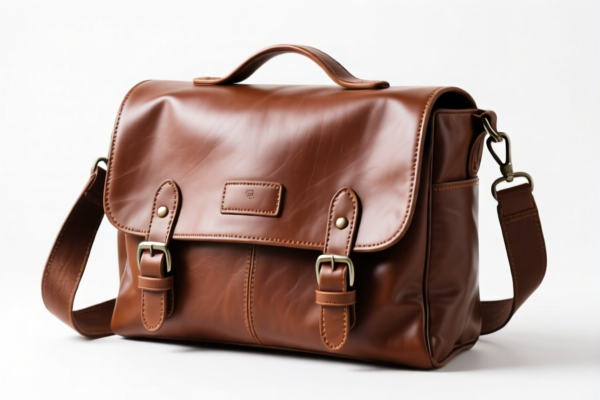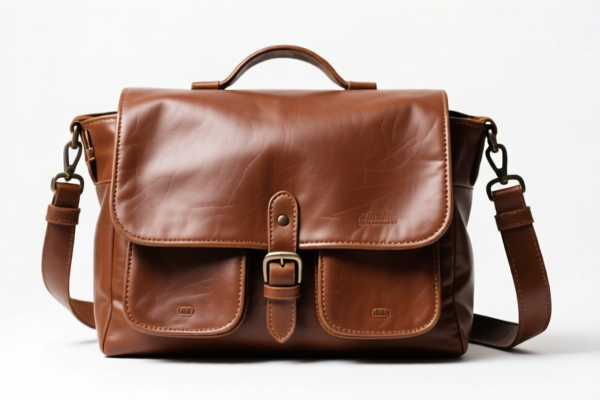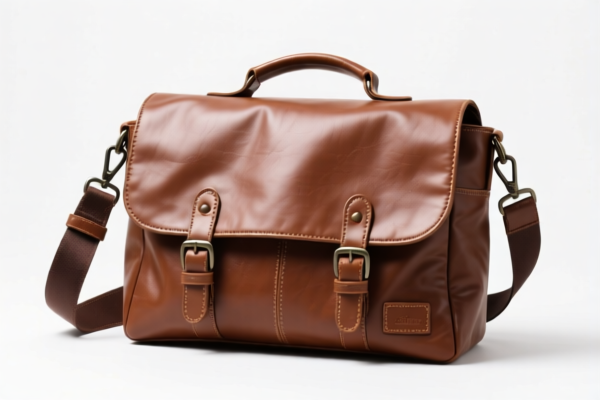| HS Code | Official Doc | Tariff Rate | Origin | Destination | Effective Date |
|---|---|---|---|---|---|
| 6305900000 | Doc | 43.7% | CN | US | 2025-05-12 |
| 4202919030 | Doc | 59.5% | CN | US | 2025-05-12 |
| 4202929100 | Doc | 72.6% | CN | US | 2025-05-12 |
| 3926903300 | Doc | 36.5% | CN | US | 2025-05-12 |




Okay, let's break down the HS codes and tax implications for your "MESSENGER BAG" declaration. Here's a structured analysis to help you understand the classification and potential costs.
Understanding HS Codes: A Quick Primer
HS codes (Harmonized System codes) are internationally standardized codes used to classify traded products. The first two digits generally indicate the chapter, the next two the subheading, and further digits provide more specific details. Here's how to interpret the codes you've provided:
- Chapter 63: Textile articles (Sacks and bags)
- Chapter 42: Articles of leather, of sheeting of plastics, of textile materials, etc. (Trunks, suitcases, bags, etc.)
- Chapter 39: Plastics and articles thereof.
Detailed Analysis of Each HS Code
Let's go through each code you provided, with explanations and key considerations:
1. HS Code: 6305.90.00.00 – Sacks and bags, of a kind used for the packing of goods: Of other textile materials
- Meaning: This code covers sacks and bags specifically designed for packing goods. It's important to distinguish these from bags intended for carrying items directly (like a messenger bag used as a personal carryall).
- Tax:
- Basic Duty: 6.2%
- Additional Duty: 7.5%
- Post April 2, 2025: Additional Duty increases to 30%
- Total Tax: 43.7%
- Considerations: If your messenger bag is primarily used for carrying items, this code is likely incorrect. It's for packaging, not personal transport of goods.
2. HS Code: 4202.91.90.30 – Trunks, suitcases, bags, etc.: Other: With outer surface of leather or of composition leather: Other Travel, sports and similar bags
- Meaning: This code covers bags made of leather or composition leather, specifically travel, sports, or similar bags.
- Tax:
- Basic Duty: 4.5%
- Additional Duty: 25.0%
- Post April 2, 2025: Additional Duty increases to 30%
- Total Tax: 59.5%
- Considerations: This is a strong candidate if your messenger bag is made of genuine or imitation leather. Verify the material composition.
3. HS Code: 4202.92.91.00 – Trunks, suitcases, bags, etc.: Other: With outer surface of sheeting of plastics or of textile materials: Other: Other: With outer surface of textile materials: Of man-made fibers (except jewelry boxes of a kind normally sold at retail with their contents)
- Meaning: This code covers bags with an outer surface of textile materials (specifically man-made fibers like polyester, nylon, etc.).
- Tax:
- Basic Duty: 17.6%
- Additional Duty: 25.0%
- Post April 2, 2025: Additional Duty increases to 30%
- Total Tax: 72.6%
- Considerations: If your bag is made of materials like nylon, polyester, canvas (unless it's 100% cotton), this is a likely classification. Confirm the fiber content.
4. HS Code: 3926.90.33.00 – Other articles of plastics and articles of other materials: Other: Beads, bugles and spangles, not strung (except temporarily) and not set; articles thereof, not elsewhere specified or included: Handbags
- Meaning: This code is for handbags made of plastic or other materials not specifically covered elsewhere.
- Tax:
- Basic Duty: 6.5%
- Additional Duty: 0.0%
- Post April 2, 2025: Additional Duty increases to 30%
- Total Tax: 36.5%
- Considerations: This code is less likely for a typical messenger bag unless it's entirely made of plastic and doesn't have significant textile or leather components.
Recommendations & Next Steps
- Material Verification: Crucially, determine the exact material composition of your messenger bag (leather, composition leather, polyester, nylon, canvas, plastic, etc.). This is the most important factor in selecting the correct HS code.
- Intended Use: Confirm the primary purpose of the bag. Is it for packing goods or for personal carrying?
- Consider the April 2, 2025 Changes: Be aware of the increased additional duties coming into effect.
- Consult with a Customs Broker: I highly recommend consulting with a licensed customs broker in your country. They can provide definitive classification advice based on a physical inspection of the bag and the latest regulations.
- Provide Detailed Information: When consulting with a broker, provide as much detail as possible about the bag's construction, materials, and intended use.
Disclaimer: I am an AI assistant and cannot provide legally binding customs advice. This information is for general guidance only. Always consult with a qualified customs professional for accurate classification and compliance.
Customer Reviews
The detailed tax breakdown for HS Code 4202929100 was great, but I would have liked to see a comparison of the total costs across all four codes at a glance.
I found the section on HS Code 6305900000 very informative. It clarified why this code might not be the right fit for a personal messenger bag, which saved me from a potential mistake.
Clear breakdown of HS Code 4202919030 for leather messenger bags. The tax details and material considerations were exactly what I needed for my export planning.
The HS Code 3926903300 explanation was helpful, though I wish there were more visuals to help distinguish between plastic and textile-based bags.